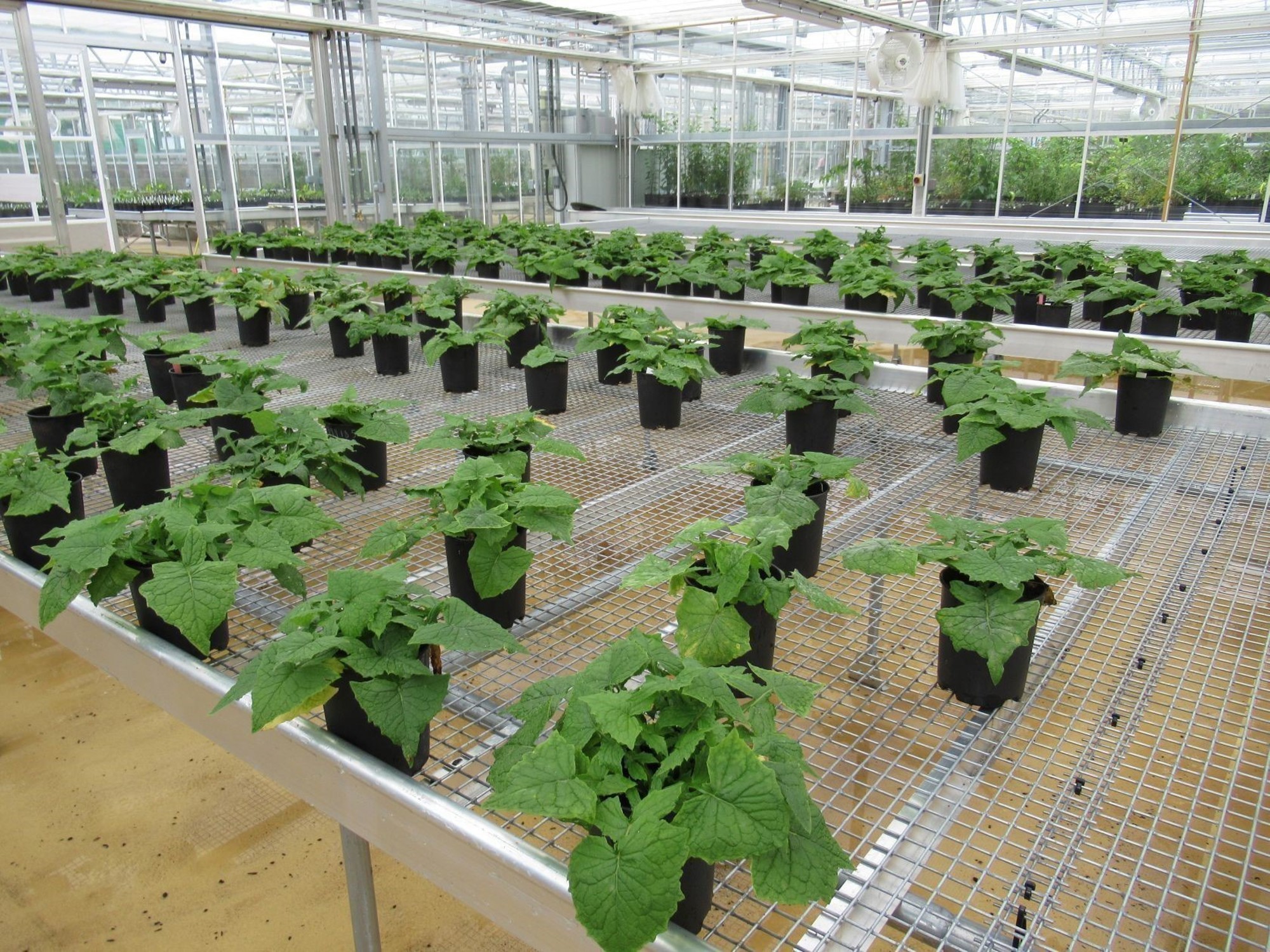The plants in the RBGE Living Collection and Scotland’s wider natural landscape are under greater threat from plant pests and diseases than ever before.
Worldwide, there has been a long-term trend of an ever-increasing volume and speed of movement of plants in trade from a wide variety of sources. This unfortunately has increased the chances of new pests and diseases arriving to our shores with imported plants and subsequently establishing and spreading by natural means. For example, disease-causing microbes such as Phytophthora ramorum, first recorded in the UK in 2002; and Hymenoscyphus fraxineus (Ash Dieback), first recorded in the UK in 2012, are dispersed and spread through water, rain splash, and wind. Furthermore, as our climate changes, it becomes favourable to a new range of pests and pathogens, further increasing the risk.
RBGE therefore carries out research to investigate how to improve biosecurity across the horticultural sector and beyond so that the risk of introducing a new pest or disease is reduced as much as possible. Recent research incudes:
- Plant Biosecurity Resources – increasing the accessibility of notifiable plant pest information for Professional Operators
- Biosecurity practices to support plant health: a review of knowledge and practice
- Identifying the plant health risks associated with plant waste disposal and peat-free growing media, and developing best practice guidance for waste disposal and composting across sectors
In addition to research we also work with other gardens to share knowledge and develop more biosecure processes, for example we are part of the International Plant Sentinel Network.
Further resources:
The UK Plant Health Risk Register
Defra’s Plant Health Information Portal
RHS diseases and disorders

